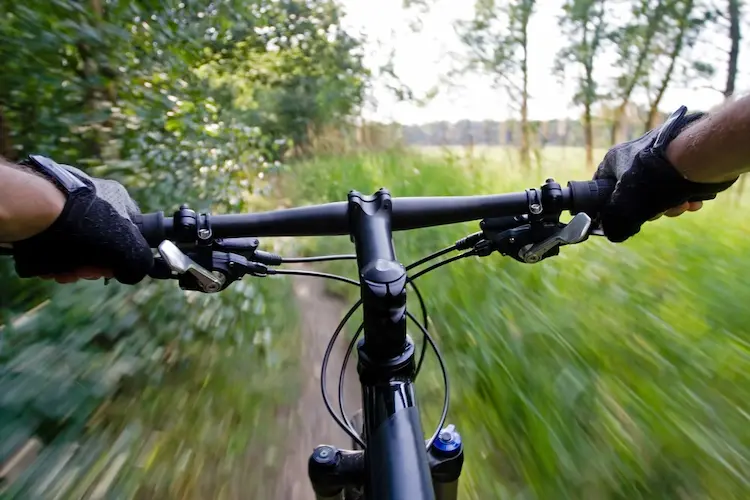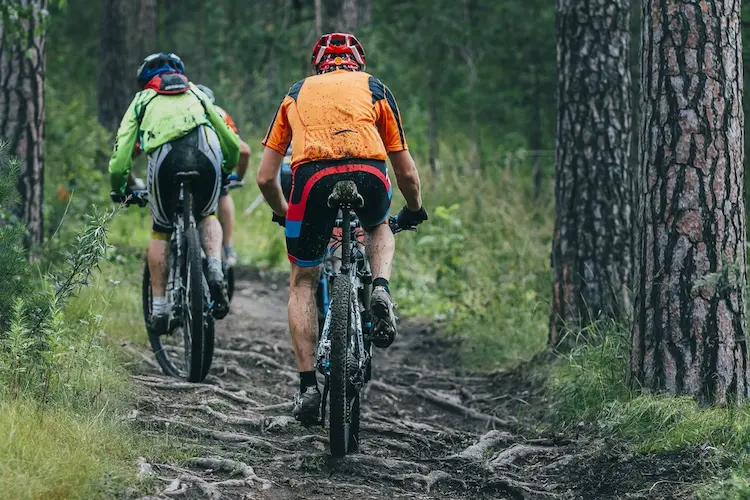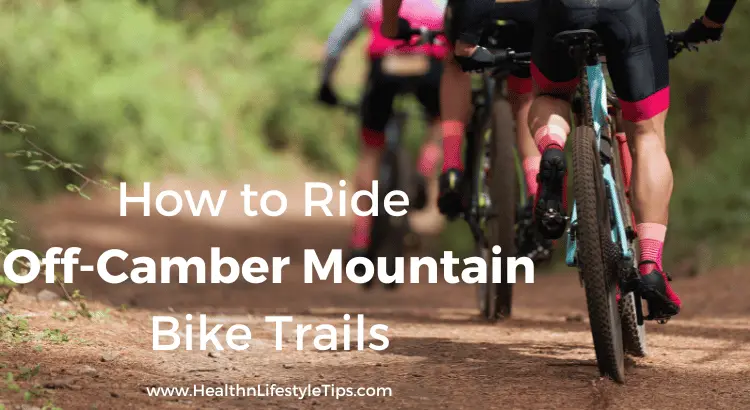If you are riding along the side of a hill or mountain, you’re bound to ride off-camber. This is when the outside edge of the trail is lower than the inside edge. Most well-worn trails have banked corners that help you increase your speed as you make your way down the trail, but off-camber trails can easily catch you off guard if you don’t know what to do in this situation.
Some riders say riding off-camber is like having the rug pulled out from underneath you. Your sense of balance will shift, and your chances of injury will increase. Many off-camber trails lead to a ravine or steep descent, which can lead to a nasty fall. So, what can you do to prepare for the trickiest part of the trail?
Learn how to ride off-camber with these expert mountain bike tips:
Know Your Limits
Off-camber riding can be some of the most challenging. You shouldn’t take on these areas unless you have at least several months of experience under your belt. If the trail narrows and the outer edge starts to fall off, there’s no shame in stopping and walking your bike until you get to the bottom of the hill.
Start by following mountain biking tips for beginners to master regular trail riding before you move on to the next challenge. Slippery leaves and mud make off-camber riding even riskier. Avoid riding on these trails in less-than-ideal conditions.
Plan Far in Advance
You’re probably used to slowing down on the approach when turning, but off-camber trails demand even more of a head start. You should start braking and adjusting your balance long before the outward edge slopes down.
Keep your eyes peeled for any off-camber sections so you can get into the right position and find the proper speed before the moment of truth arrives. If you wait to brake or adjust your lean until you are off-camber, any changes could throw off your balance.
Reduce Your Speed
Maintaining a consistent speed is key to getting through the off-camber. Braking and accelerating can throw you for a loop when you should be focused on staying balanced and sticking to the trail. Braking also reduces traction, which can cause you to lose your grip. Time the braking so that you come into the edge at the right speed. You should aim to keep the same speed throughout the turn.
Focus on Turning and Steering

There will still be plenty of obstacles to avoid, but you might not have the room to get out of the way. You will want to find your line before you go into the off-camber edge so you know where you’re going. That could mean going straight or turning at a consistent angle so you can stay in the same position throughout the turn. The line should ultimately lead you to the exit, so plan your off-ramp in advance.
Focus on staying upright without swerving to avoid tree roots unless absolutely necessary. It’s always better to hop over a particularly rough patch of terrain instead of going off-trail. If you see a large bump in the road, hit it head-on to get a clear break instead of skimming around the obstacle, which could send your tire sliding.
Lean to the Side
Your bike won’t be balanced unless you lean into the hill to offset the downward slope. Don’t lean too far to the inside edge, or your tires could lose traction and slip. It’s all about finding the perfect middle ground. Your weight should still be centered over the tires with your hips pointed in the direction you want to go. Adjust your pedal footing as well so that both the left and right pedals are at equal height, or they could drag against the ground.
Partner Up
Tackling this challenge may seem all the more doable when you have a friend at your side. It’s usually impossible to ride side-by-side when going off-camber, but you can still communicate with each other using a bike helmet with Bluetooth.

Just speak into the device without taking your hands off the handlebars to keep the conversation going. Your partner can give you tips in terms of turning, steering, and braking. They will tell you when to start the process so you don’t come in too hot.
Double the Protection
Off-camber trails come with an increased risk of injury. There is little room for error, but mistakes will still happen, so do your best to prepare for the worst-case scenario.
Double up on protective clothing to guard yourself against a fall, including body armor, pads, and a full-face helmet with a visor. You could easily hit a tree or a rock on your way down, so make sure your body is insulated with protective layers that will absorb the bulk of the impact.
The environment is full of steep inclines that can be hard to traverse, but you can sail through these obstacles if you go into the situation at the right speed and in the right position.
